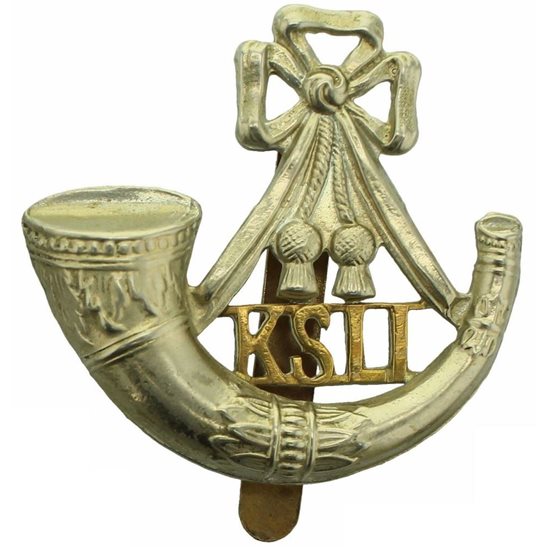Personal Details
Born: 12 January 1893 in Adderley, Shropshire.
Family: The second son of Samuel and Ann Hayward of Blackwaters, Eccleshall, Staffordshire.
Civilian Occupation: In 1911 Charles was working as a waggoner on a farm. Five years later his occupation was pigman. It appears he was a farm labourer all his life.
Residence: At the time of his enlisting, Charles was living at Ashwood, Whitchurch, Shropshire. The 1939 Register records him living at Steel Heath, Shropshire.
Died: In 1948 aged 55.
Military Details
Regiment: Labour Corps (previously King’s Shropshire Light Infantry)
Rank: Private
Service Number: 437155 (previously 23779)
Date of Enlistment: 22 March 1916
Date of Discharge: 7 April 1919
Reason for Discharge: Demobilisation
Other Information: Charles was wounded in action in November 1916 and was sent back to England and posted to Dover Castle.
Charles was awarded the Campaign Medals (British War Medal, and Victory Medal).

The British War Medal (also known as 'Squeak') was a silver or bronze medal awarded to officers and men of the British and Imperial Forces who either entered a theatre of war or entered service overseas between 5th August 1914 and 11th November 1918 inclusive. This was later extended to services in Russia, Siberia and some other areas in 1919 and 1920. Approximately 6.5 million British War Medals were issued. Approximately 6.4 million of these were the silver versions of this medal. Around 110,000 of a bronze version were issued mainly to Chinese, Maltese and Indian Labour Corps. The front (obv or obverse) of the medal depicts the head of George V. The recipient's service number, rank, name and unit was impressed on the rim.
The Allied Victory Medal (also known as 'Wilfred') was issued by each of the allies. It was decided that each of the allies should each issue their own bronze victory medal with a similar design, similar equivalent wording and identical ribbon. The British medal was designed by W. McMillan. The front depicts a winged classical figure representing victory. Approximately 5.7 million victory medals were issued. Interestingly, eligibility for this medal was more restrictive and not everyone who received the British War Medal ('Squeak') also received the Victory Medal ('Wilfred'). However, in general, all recipients of 'Wilfred' also received 'Squeak' and all recipients of The 1914 Star or The 1914/1915 Star (also known as 'Pip') also received both 'Squeak' and 'Wilfred'. The recipient's service number, rank, name and unit was impressed on the rim.

